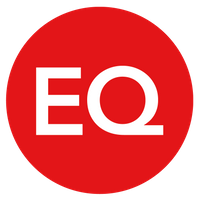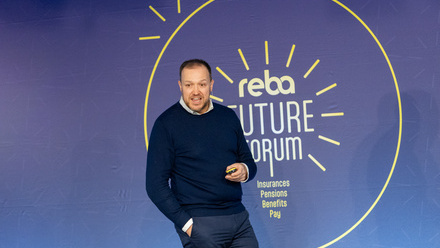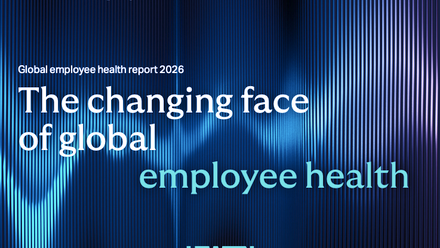4 ways to measure the success of your reward and benefits strategy

So, to get a return on your investment, you need to know your benefits are hitting the spot. Here’s how to find out.
1. Follow the number trail.
One of the most obvious ways to see what benefits your employees value is to check how much they are used. How easy this is will depend on how you manage your benefits programme. You may be able to gather some engagement data internally. But you’ll probably have to reach out to external providers to get a comprehensive picture.
If, for example, you use an insurance company to provide private medical cover, you’ll need statistics on the number of claims coming from your workforce and how frequently employees are engaging with any added value wellbeing services included. It’s one of the many ways having a single benefits partner makes it easier to get your reward strategy right.
2. Review your communications strategy
It’s impossible to overstate the importance of communicating benefit programmes. After all, people can’t engage with something they don’t know is available. So you have to find the right way to get the message out there.
Dynamic reward statements, which show the total value of each employee’s pay and reward package including both the benefits they claim and those they don’t, are a simple way to connect with your employees and demonstrate how much their contribution is valued.
And by positioning them alongside online payslips, you can encourage employees to review the benefits available while checking their latest pay.
3. Ask your employees for their views
While usage statistics tell part of the story, the best way to find out what benefits your employees like and need is to ask them. Surveys, focus groups, the introduction of a question about benefits during line manager reviews – these are all good ways to find out what your employees really think. Yet 27% of employers do no employee research in this area, according to Aon’s 2021 Benefits & Trends Survey.
Now, with CIPD figures suggesting around four in 10 employees expected to work from home on a regular basis post-Covid, the value of certain benefits such as cycle to work schemes is likely to change dramatically.
So why not tailor benefits better to employee need? Asking employees outright what benefits they would like might only set the stage for disappointment as all individual requests cannot possibly be fulfilled. Setting expectations early is crucial.
A better route could be to gain rich insights on your workforce without ever asking the direct questions. This can be achieved by using some of the latest geodemographic tools available (more on which below), helping you avoid wasting money on unwanted benefits, and ensure your reward package is primed for the post-pandemic world.
4. Look at the bigger picture
What we do for work is just one aspect of who we are; outside work, we are also children, spouses, parents, carers – the list goes on. So, the best way to understand why people are not engaging with employee benefits and how to turn that around, is to get a more rounded view of what makes them tick.
In the past, the only way to do this was to get to know each and every one of your employees – either personally or via their line managers. Now, however, technology can do that for you by, for example, using data from households to give employers a three-dimensional view of their employees. Such technology could also help to turn your organisation from one that struggles to hire and retain talented staff into one that people are eager to join.
The author is Tim Brook, head of engagement & platforms at EQ HR Solutions.
This article is provided by EQ HR Solutions.
Supplied by REBA Associate Member, Equiniti
Hi we are EQ; some may know us as Equiniti! We provide specialist reward, benefits and payroll solutions.







